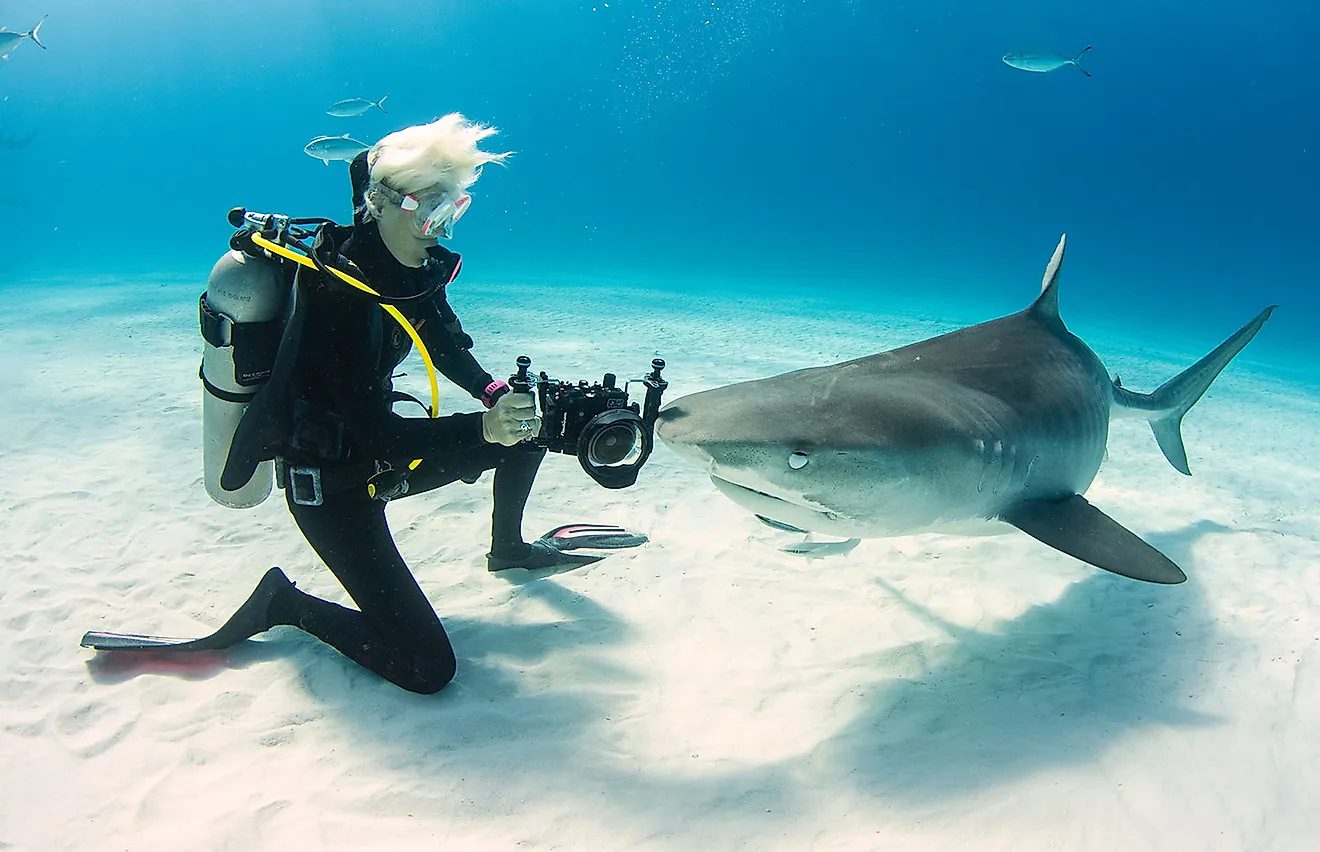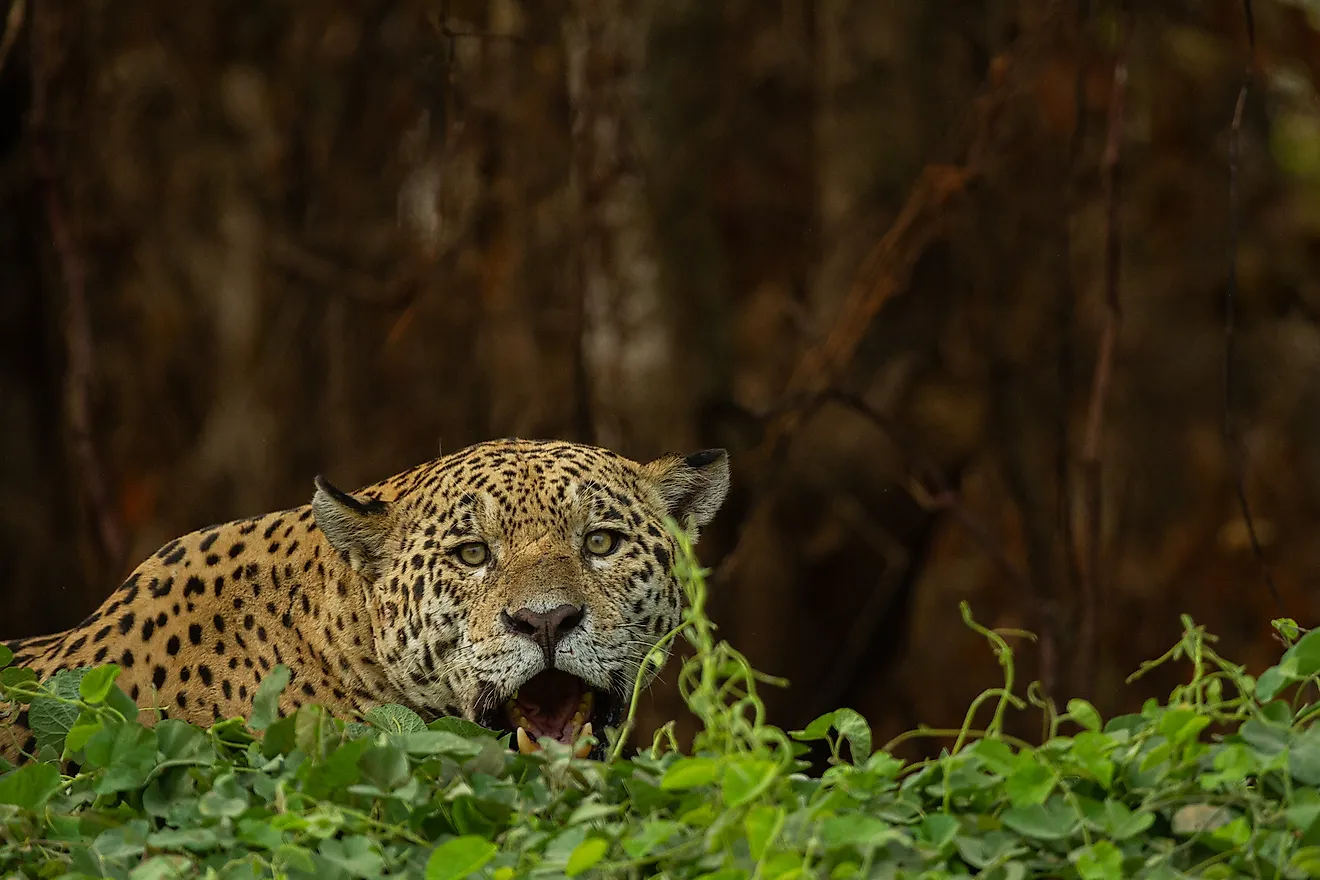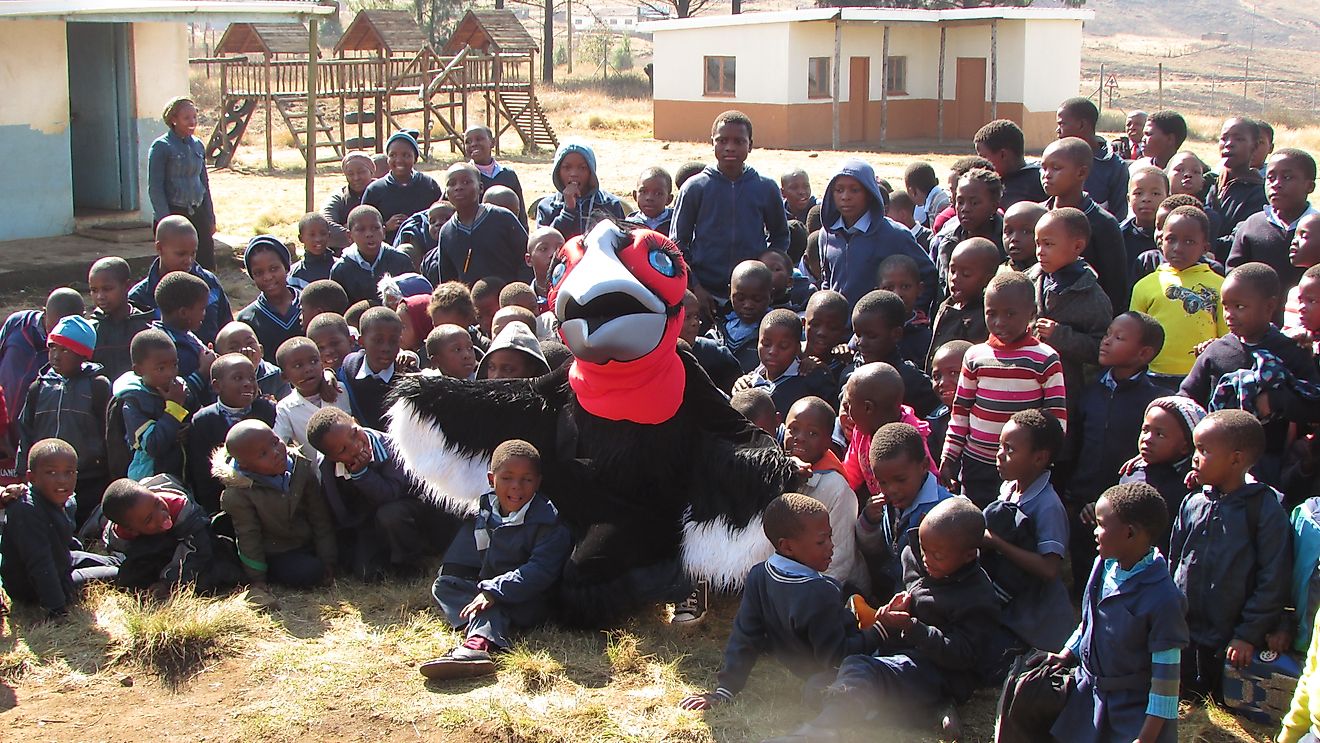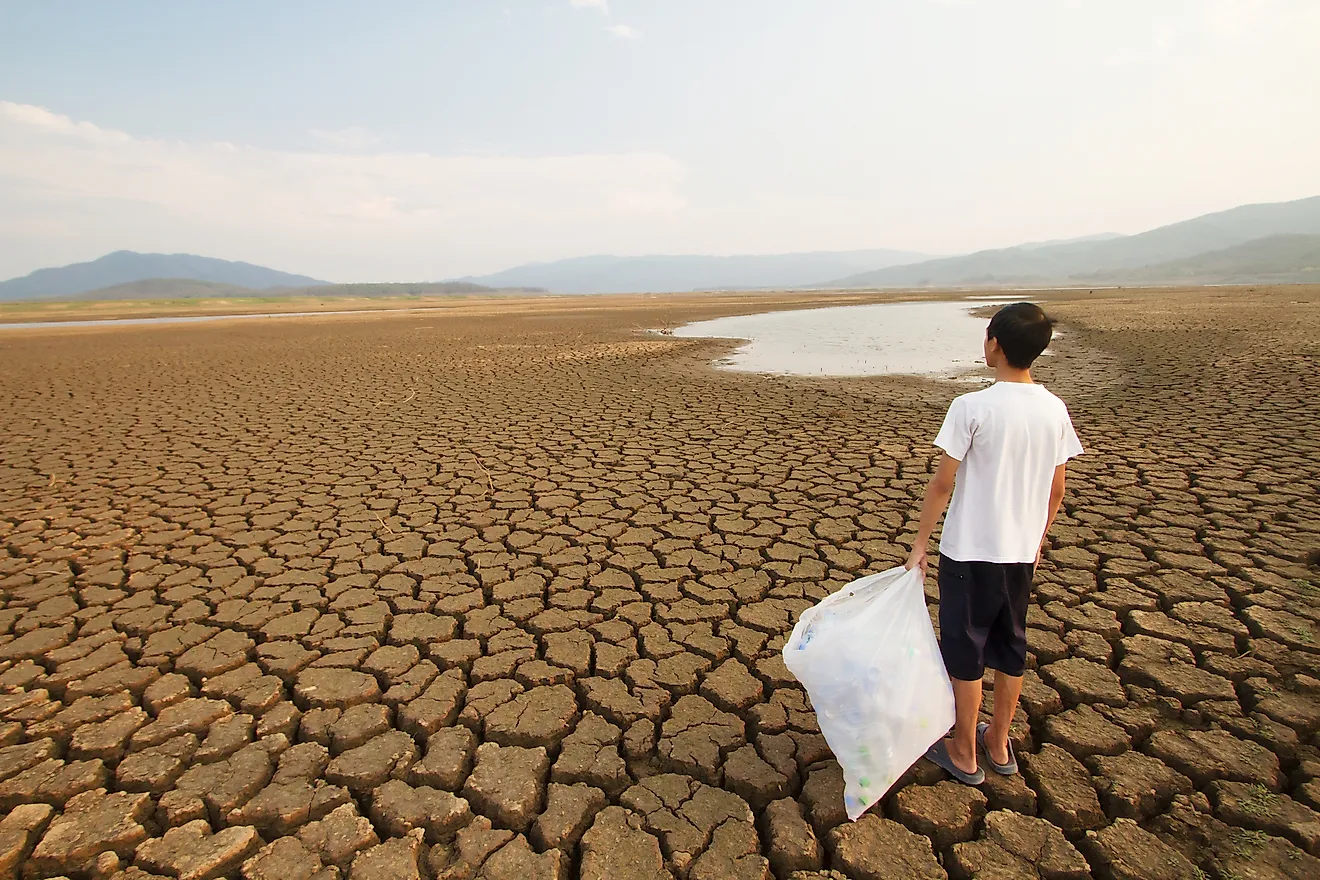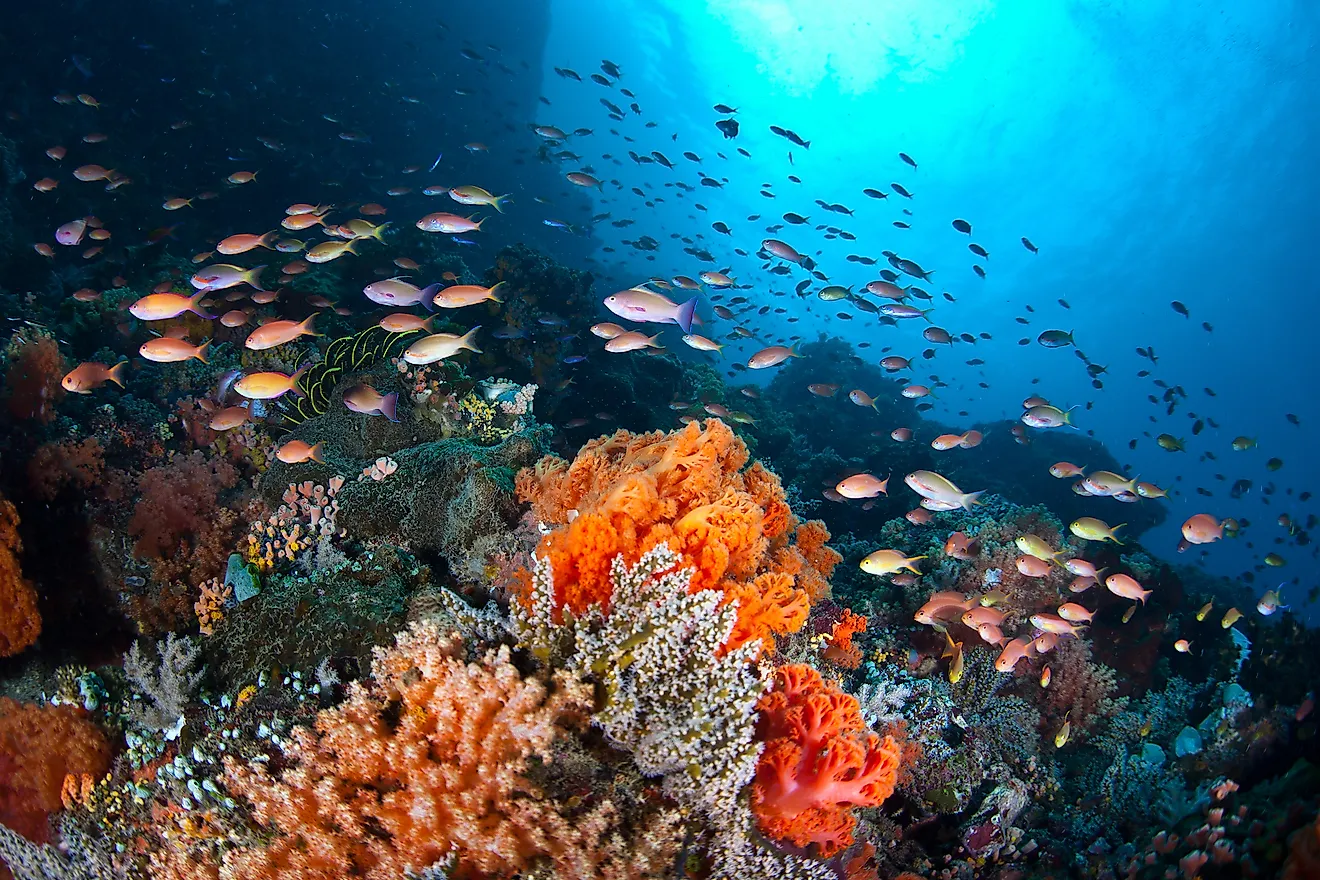Amphibians of Argentina

Argentina is a vast South American country whose terrain encompasses the Pampas grasslands, the Andes Mountains, and the Glacial Lakes. The country has large dry regions where few organisms survive. However, the geography of Argentina consists of five major regions which offer different habitat conditions for organisms. Amphibian types are numerous in Argentina, and they survive many environmental changes. Most of them are native to the nation or share habitat with other South American countries. The Darwin’s frog and the Telmatobius pisanoi are some of the most threatened by environmental changes.
Darwin’s Frog
This is a rhinodermatid frog common to the forests of Argentina. The frog is green or sometimes brown and has an average snout-to-vent length of around 2.7 centimeters. The frog looks triangular because of its elongated snout. Its limbs are slender with only the hind feet webbed. Darwin’s frog feeds on arthropods, but it needs to hide from predators during its hunting. Using camouflage, a predator may think it is a dead leaf and leave it alone. Other times, the frog can turn on its back to expose its ventral surface that has bold patterns. The female lays close to forty eggs on a leaf litter where the male guards them for around 3.5 weeks. When the embryos form, it ingests them and keeps them at the vocal sac. After hatching, they remain in the male’s mouth. They feed on their egg yolk and the sac wall secretions. They stay until the metamorphosis is complete where they jump out of the male’s mouth and disperse. This frog is listed as "vulnerable" according to the International Union for the Conservation of Nature (IUCN) conservation status.
Scinax Berthae
This frog species is common in the northeastern regions of Argentina. Its habitats there range from Buenos Aires, Corrientes, Entre Rios, and Misiones to Chaco. It loves the rainforests and grasslands. Moreover, it loves terrestrial and freshwater systems. Its reproduction takes place in temporary pools and other altered habitats. Pollution and habitat loss threaten the frog’s survival. However, according to IUCN conservation status it is least concern as its distribution is widely common. The frog is tolerant to many environmental modifications. Therefore, its decline may not be fast enough to wipe it out.
Cranwell’s Horned Frog
The frog species is terrestrial and is endemic to the Gran Chaco regions of Argentina. Most adults may range from 8 to 13 centimeters and weigh around 0.5 grams. Their backs are dark green or brown in color, enhancing their camouflage behavior. They are inactive. However, they are aggressive when hunting. They can jump several times their body lengths to catch prey. The frogs are nocturnal and when resting they keep their eyelids open. During hot temperatures, the frogs can enter aestivation. This allows them to develop a thick layer of protective skin to help in their respiration process. Cranwell’s horned frogs are favorite pets to many natives of the country. Their act increases their conservation. Keeping them is simple as one only feeds them once every 4 to 7 days. This frog is not threatened and it is listed with IUCN as being of "least concern".
Red Spotted Toad
This frog is small with a length of around 5.5 centimeters. It is mainly found along rocky streams and riverbeds in the arid and semiarid lands. Distribution is localized along the coast but widespread in the desert. They can easily survive in the driest places where they breed in rain-filled tinajas. Before breeding, the males incur in wrestling during terrestrial disputes. It needs seasonal pools to breed where their eggs hatch after three days. Metamorphosis of the toad takes around 6 to 8 weeks. The adult toad spends most of the time in burrows or beneath rocks. During rainfall, the toad becomes active when others emerge. This species is listed with IUCN as vulnerable.
The Amphibians Of Argentina
| Native Amphibians Of Argentina | IUCN Conservation Status |
|---|---|
| Telmatobius pisanoi | Endangered |
| Scinax berthae | Least Concern |
| Cranwell's Horned frog | Least Concern |
| Darwin's frog | Vulnerable |
| Red-Spotted toad | Vulnerable |
| Menwig frog | Least Concern |
| Chiloe Island Ground frog | Least Concern |
| Montevideo Tree frog | Least Concern |
| Large Four-Eyed frog | Least Concern |
| Argentine Horned Frog | Near Threatened |


